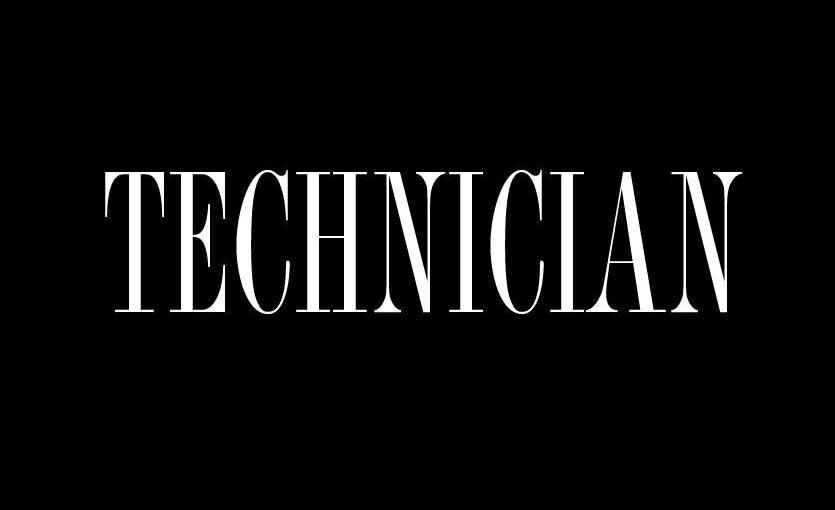More than 300 students and faculty gathered in SAS hall Thursday afternoon to listen to John C. Mather, a senior project scientist for NASA, talk about the history of the universe and his work on the James Webb Space Telescope, which will one day succeed the Hubble Space Telescope.
Mather, a recipient of the 2006 Nobel Prize in physics, also talked about the understanding the universe has come a long way in the recent decades.
“How did the universe begin?” Mather said. “We knew about the Big Bang theory, but we didn’t have proof of it. We didn’t know how galaxies formed until the Hubble Space Telescope.”
However, Mather said obtaining funding from Congress for future NASA projects hasn’t been easy, and that often times, members of Congress want to see scientific results, but aren’t always willing to pay the full price tag that the project requires.
“Back in 1985, NASA was trying to explain to Congress why we had to have four space telescopes,” Mather said.
After Congress approved the budget for the Hubble Space Telescope, scientists were able to make significant progress in the field of astrophysics, including the fact stars can form into black holes.
Mather talked about the significance of studying cosmology in understanding how Earth was formed. According to Mather, Earth first was bombarded with asteroids, and then life formed soon after.
“Life on Earth formed quickly on Earth,” Mather said. “As soon as rocks stopped falling on earth, fossils started appearing.”
Earth is not as unique for sustaining life as once thought, Mather said.
“There are about 3,000 candidates of Earth-like planets,” Mather said. “When I was a kid, people thought that Earth was the only place in the universe that could have life. Then the space age came, the great telescopes came, the new techniques came, and we are now working on whether the planets we can see have oceans and oxygen or not. It is within our reach, in our lifetime, to see if there are places in the universe with life on them.
Mather said he has also conducted significant research on the Big Bang theory.
“Almost everyone says when I describe the Big Bang theory ‘where was it?’” Mather said. “If you hear the word ‘Big Bang’, you can’t help but think of a firecracker going off into the room. The Big Bang is an infinite universe expanding into itself. It also means we can’t find the center. The start point is everywhere.”
Mather also talked about an $8 billion project that he is working on, the James Webb Space Telescope, at NASA’s Goddard Space Flight Center in Maryland.
The JWST telescope will succeed the Hubble Space Telescope, Mather said.
“What do we need another telescope for?” Mather said. “It turned out that the Hubble Space Telescope told us we haven’t seen everything yet. Galaxies formed further than we could see. We needed a bigger telescope to see that.”
The JWST will launch in 2018 and is designed to detect infrared light. The telescope is designed to emit no heat and will be located 1 million miles away from Earth, four times the distance of the moon.
“The telescope has to be cold,” Mather said. “If it’s emitting infrared light, then we can’t see what we need to see. Europe and Canada are chipping in big chunks of their budget to make parts of this. It will be launched by a European rocket in South America in October of 2018.”
The telescope features a 21-foot tall beryllium mirror that rests on top of a triangular metallic umbrella about the size of a tennis court. Although it is significantly larger than the Hubble Space Telescope, it is only half the weight. According to Mather, the telescope will never see the sun – the large umbrella is designed to be a sun shield.
Mather also addressed using robots in space exploration, since they can endure a lot more than a human body.
“Our job is to make robots,” Mather said. “Artificial Intelligence is coming a lot sooner than some people think, and it will sneak up on us. I don’t know if we will like it, but it’s coming. I think it’s going to happen.”
Mather said that with if the United States is to continue to maintain its stature in the space-industry abroad, Congress cannot hope to expect results without investing a serious amount of funding.




